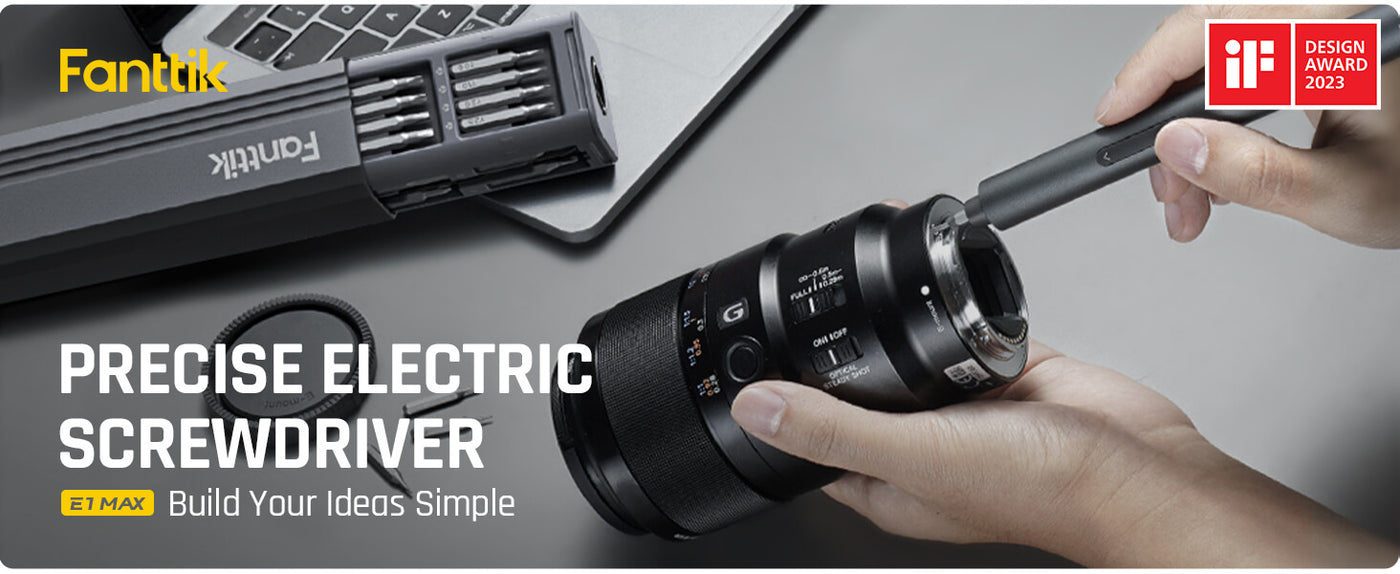When it comes to precision assembly, one of the most important tools in your arsenal is the electric screwdriver. However, simply having an electric screwdriver is not enough. To ensure accurate and efficient assembly, it is crucial to properly set the torque on your electric screwdriver. In this article, we will guide you through the process of how to properly set the torque on your electric screwdriver for precision assembly.

Understanding Torque
Before we dive into the specifics of setting the torque on your electric screwdriver, let's first understand what torque is. Torque refers to the rotational force applied to an object, in this case, a screw. It is essential to set the torque correctly to avoid over-tightening or under-tightening screws, which can lead to product failure or damage.
Choosing the Right Torque Setting
Setting the torque on your electric screwdriver depends on the specific requirements of your assembly task. Different screws and materials may require different torque settings. It is crucial to consult the manufacturer's guidelines or specifications for the product you are assembling. These guidelines will provide you with the recommended torque range for each screw size and material.
Additionally, it is essential to consider the type of application you are working on. For example, if you are assembling delicate electronic components, you will need to set a lower torque to avoid damaging the components. On the other hand, if you are working with heavy-duty materials, a higher torque setting may be necessary to ensure a secure connection.
Setting the Torque on Your Electric Screwdriver
Now that you understand the importance of torque and have determined the appropriate torque setting for your assembly task, let's walk through the steps to set the torque on your electric screwdriver:
- Identify the torque adjustment mechanism on your electric screwdriver. This can typically be found near the chuck or handle of the screwdriver.
- Using the torque adjustment mechanism, set the torque to the desired level. Some electric screwdrivers have a numerical scale, while others have a simple high/low setting. Follow the manufacturer's instructions for your specific screwdriver model.
- Test the torque setting on a scrap piece of material or a non-critical component before proceeding to the actual assembly. This will allow you to verify that the torque setting is appropriate and make any necessary adjustments.
- Once you have confirmed the torque setting, you are ready to begin the precision assembly process. Remember to use the electric screwdriver in a controlled and consistent manner to ensure accurate and repeatable results.
Conclusion
Properly setting the torque on your electric screwdriver is crucial for precision assembly. By understanding the importance of torque, choosing the right torque setting, and following the steps to set the torque on your electric screwdriver, you can ensure accurate and efficient assembly.
For more information on electric screwdriver torque adjustment, you can visit the following credible sites:






